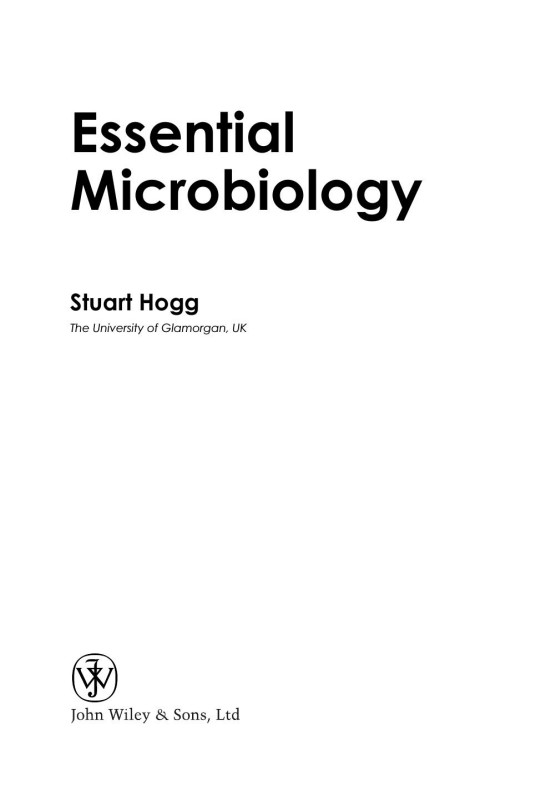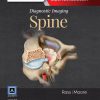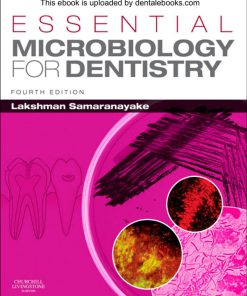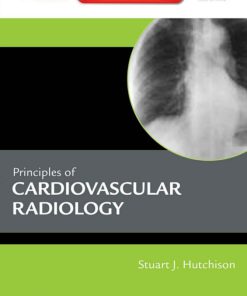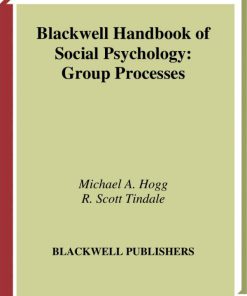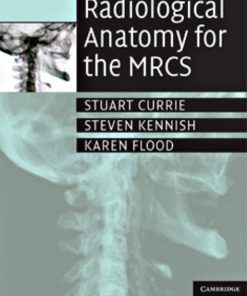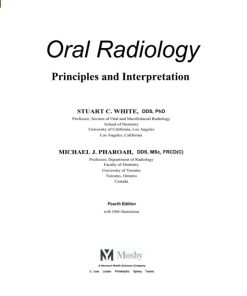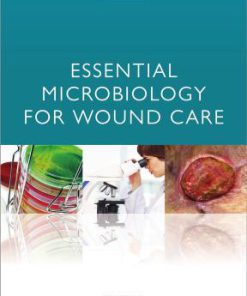Essential Microbiology 1st Edition by Stuart Hogg ISBN 0471497533 9780471497530
$50.00 Original price was: $50.00.$25.00Current price is: $25.00.
Authors:Stuart Hogg , Series:Pathology [187] , Tags:0470013109.pdf , Author sort:Hogg, Stuart , Ids:0470013109 , Languages:Languages:eng , Published:Published:Oct 2005 , Publisher:Wiley
Essential Microbiology 1st Edition by Stuart Hogg – Ebook PDF Instant Download/Delivery. 0471497533, 9780471497530
Full download Essential Microbiology 1st Edition after payment

Product details:
ISBN 10: 0471497533
ISBN 13: 9780471497530
Author: Stuart Hogg
Essential Microbiology is a comprehensive introductory text aimed at students taking a first course in the subject. Covering all aspects of microbiology, it describes the structure and function of microbes before considering their place in the the living world. The second half of the book focuses on applied aspects such as genetic engineering, industrial microbiology and the control of microorganisms.
Adopting a modern approach and with extensive use of clear comprehensive diagrams, Essential Microbiology explains key topics through the use of definition boxes and end of chapter questions.
This book is invaluable for undergraduate students in the biological, food and health sciences taking a first course in Microbiology.
- comprehensive introduction covering all aspects of this exciting subject.
- includes numerous examples and applications from a wide range of fields.
- definition boxes, key points and self-test questions enhance student understanding.
Essential Microbiology 1st Table of contents:
Chapter 1: Introduction to Microbiology
- What is Microbiology?
- History of Microbiology
- Scope and Branches of Microbiology
- Importance of Microorganisms in Medicine, Agriculture, and Industry
- The Microbial World: Prokaryotes vs. Eukaryotes
- Overview of Microbial Classification
- Methods of Studying Microorganisms
Chapter 2: The Chemistry of Life
- Basic Chemistry Concepts in Microbiology
- Atoms, Molecules, and Bonds
- Water: The Universal Solvent
- Carbohydrates, Proteins, Lipids, and Nucleic Acids
- Enzymes: Biological Catalysts
- Metabolism and Energy Flow in Cells
Chapter 3: Cell Structure and Function
- Prokaryotic Cells: Structure and Function
- Eukaryotic Cells: Structure and Function
- The Plasma Membrane and Transport Mechanisms
- Ribosomes, Nucleoid, and Organelles
- Cell Walls and Flagella
- Specialized Structures in Microorganisms
Chapter 4: Microbial Growth and Reproduction
- Factors Influencing Microbial Growth
- Binary Fission and Other Modes of Reproduction
- Growth Phases of Microorganisms
- Measurement of Microbial Growth
- Biofilms and Their Importance
- Growth Media and Culturing Techniques
Chapter 5: Microbial Metabolism
- Metabolic Pathways Overview
- Aerobic vs. Anaerobic Respiration
- Fermentation Pathways
- Biosynthesis and Catabolism
- ATP Production in Microorganisms
- Metabolism in Extreme Environments
Chapter 6: Microbial Genetics
- DNA Structure and Function
- Gene Expression and Regulation
- Mutation and Genetic Variation
- Horizontal Gene Transfer: Transformation, Conjugation, Transduction
- Genetic Engineering and Biotechnology
- PCR and Recombinant DNA Technologies
Chapter 7: Control of Microbial Growth
- Physical Methods of Microbial Control
- Chemical Methods of Microbial Control
- Antiseptics, Disinfectants, and Sterilization
- Antibiotics: Mechanism of Action and Resistance
- Methods for Testing Antimicrobial Effectiveness
Chapter 8: Microbial Diversity and Classification
- The Five Kingdoms of Life
- Modern Classification Systems
- Prokaryotic Diversity: Bacteria and Archaea
- Eukaryotic Microorganisms: Protists and Fungi
- Viruses and Their Classification
- Unusual Microbes: Extremophiles and Symbionts
Chapter 9: Pathogenic Microorganisms and Infectious Diseases
- Microbial Pathogenesis and Infection
- Factors Affecting Pathogenicity
- Virulence Factors
- Host Defenses and Immunity
- Major Bacterial, Viral, Fungal, and Protozoan Diseases
- Emerging and Re-Emerging Infectious Diseases
Chapter 10: The Immune System and Immunology
- Overview of the Immune System
- Innate and Adaptive Immunity
- Antibodies and Antigens
- Cell-Mediated Immunity
- Immunological Disorders
- Vaccines and Immunization Strategies
Chapter 11: Microbes and the Environment
- Microbial Ecology
- Microorganisms in Soil, Water, and Air
- The Nitrogen, Carbon, and Sulfur Cycles
- Bioremediation and Waste Treatment
- Symbiosis: Mutualism, Commensalism, and Parasitism
- Microbes in Biotechnology and Environmental Sustainability
Chapter 12: Laboratory Techniques in Microbiology
- Basic Microbiological Laboratory Safety
- Sterile Technique and Aseptic Methods
- Microscopy: Types and Applications
- Staining Techniques for Microbial Cells
- Culturing and Isolating Microorganisms
- Identification and Characterization of Microbes
Chapter 13: Medical Microbiology and Antibiotic Resistance
- Principles of Medical Microbiology
- Nosocomial Infections
- Antimicrobial Resistance: Mechanisms and Strategies
- Antibiotics and Chemotherapy
- Diagnosis of Infectious Diseases
- Antiviral, Antifungal, and Antiparasitic Therapies
Chapter 14: Industrial Microbiology and Biotechnology
- Industrial Applications of Microorganisms
- Microbial Fermentation Processes
- Production of Enzymes, Antibiotics, and Biochemicals
- Genetic Engineering in Industry
- Bioreactors and Industrial Biotechnology
- Microbial Contaminants in Food Production
Chapter 15: Public Health Microbiology
- Public Health and Disease Surveillance
- Epidemiology and Outbreak Investigations
- Preventive Measures and Public Health Policies
- Global Health Challenges and Microbial Control
- Role of Microbiologists in Public Health Initiatives
Chapter 16: Future of Microbiology
- Advances in Microbial Research and Technology
- The Microbiome: Implications for Health and Disease
- New Frontiers in Microbial Biotechnology
- Microbial Biotechnology and Sustainability
- The Role of Microbiologists in the 21st Century
People also search for Essential Microbiology 1st:
basic microbiology & infection control for midwives
basic microbiology and infection control for midwives
basic infection control procedures
what is infection control pdf
basic infection control guidelines
You may also like…
eBook PDF
Essential Microbiology for Dentistry 4th edition by Lakshman Samaranayake 0702046957 9780702046957
eBook PDF
Principles of Cardiovascular Radiology 1st edition by Stuart Hutchison 9780323314442 0323314449

